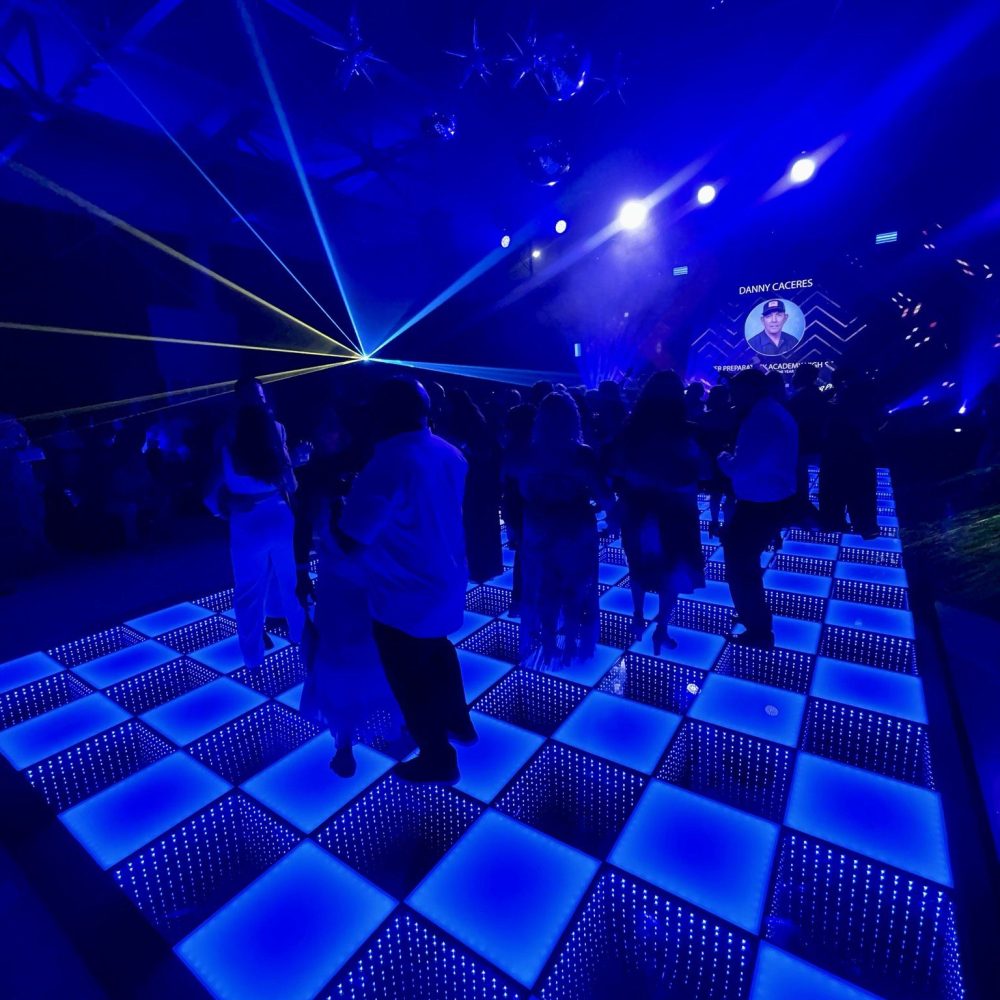Cutting-edge Styling Trends Molding the Prospects of Engaging Light Emitting Diode Dance Surfaces
Cutting-edge Styling Trends Molding the Prospects of Engaging Light Emitting Diode Dance Surfaces
Blog Article
Interactive LED dancing floors have become increasingly favored in multiple recreational venues, such as nightclubs, concerts, and events. These floors use advanced tech to generate vibrant lighting displays that react to sound and movement. As technology continues to advance, several innovative design trends are influencing the future of these responsive dance surfaces. These trends not only enhance the visual experience but also improve participant engagement and forge a more engaging environment for dancers and audiences alike.
One notable pattern in interactive light-emitting diode dance floors is the incorporation of intelligent tech. Many new models incorporate detectors that detect movement and modify the lighting accordingly. This implies that the floor can change hues, designs, and effects based on how numerous people are moving and where they are positioned. This reactivity creates a lively environment that promotes involvement and excitement. Additionally, some models allow users to manage the lighting through smartphone apps, providing them the power to tailor their experience in the moment.
Another crucial trend is the utilization of sustainable resources and energy-efficient tech. As environmental issues grow, many creators are focusing on developing LED dancing surfaces that are not only visually impressive but also eco-friendly. This comprises utilizing recycled resources for the floor's building and implementing power-efficient LED illumination. These innovations help minimize the environmental footprint of gatherings while still providing a captivating aesthetic experience. By focusing on sustainability, creators led dance floor for birthdays are appealing to a more ecologically aware audience.
The integration of augmented virtual reality (AR) is also transforming the responsive dance surface encounter. AR technology enables users to view digital graphics and visuals overlaid on the physical world through their mobile devices or AR glasses. This can enhance the dancing floor encounter by adding digital components that interact with the real space. For instance, performers might see moving characters or graphic effects that respond to their actions, creating a unique and engaging environment. This trend is particularly attractive to younger crowds who are accustomed to virtual engagements in their daily activities.
Furthermore, the styling of responsive LED dancing surfaces is becoming more flexible and modifiable. Many new models can be readily installed in various environments, from short-term gatherings to permanent setups. This adaptability allows locations to create tailored encounters that cater to various concepts and audiences. Some designs even include modular components that can be reconfigured to create varied shapes and arrangements. This adaptability not only improves the visual appeal but also enables for artistic expression in gathering organization.
In conclusion, the future of responsive light-emitting diode dance floors is being influenced by innovative styling patterns that focus on technology, eco-friendliness, enhanced reality, and versatility. These developments are producing more engaging and immersive encounters for users, establishing dance surfaces a key element of entertainment venues. As these trends continue to advance, they will probably reshape how people interact with sound and motion, ensuring that interactive LED dancing floors remain a popular option for gatherings and celebrations.